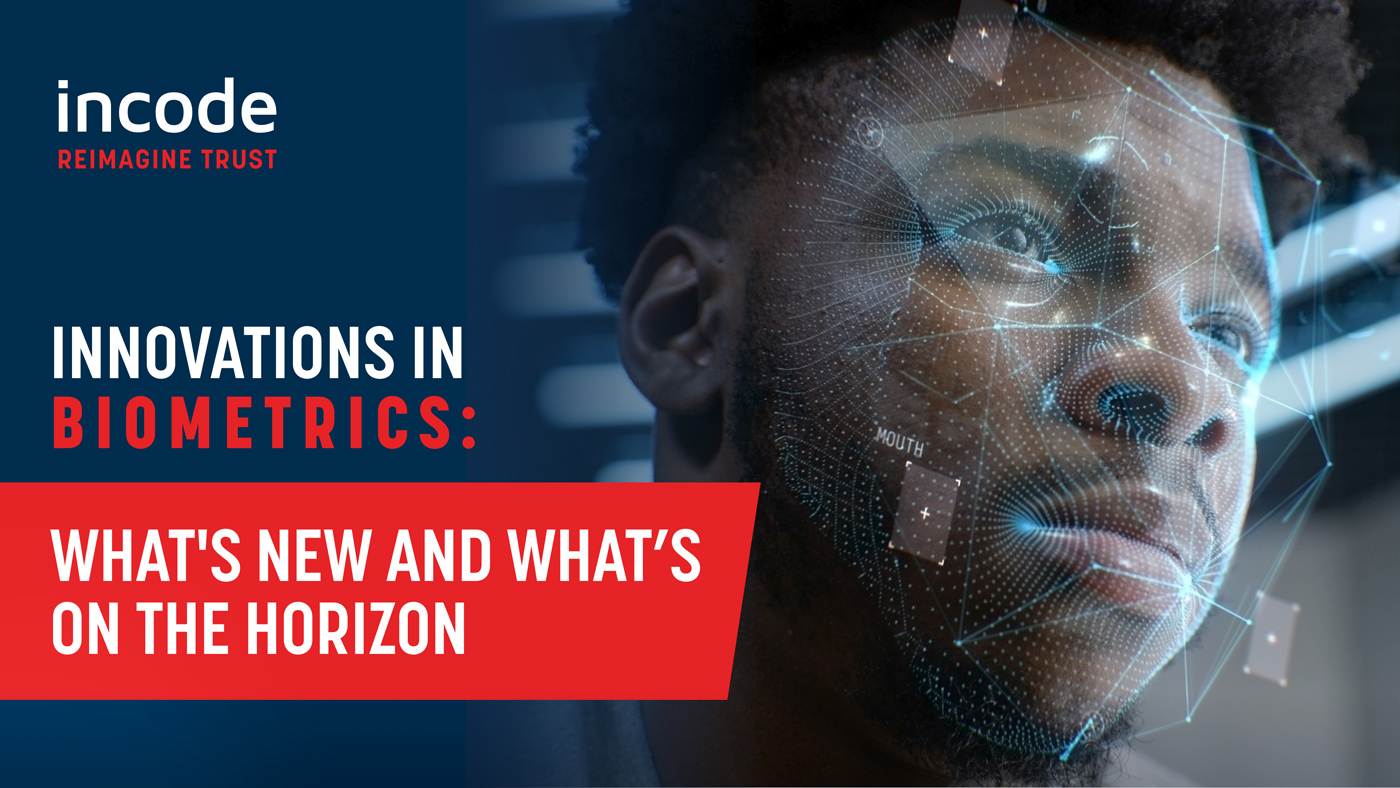Innovations in Biometrics: What’s new and what’s on the Horizon
Facial and fingerprint recognition may still be cool, but the point isn’t to be “cool”, it’s to deliver unparalleled protection and an evermore refined user experience. Ultimately that’s what drives customer retention, along with so many other effects that translate directly to the bottom line.
The newest innovations and those right around the corner do just that. They deliver real business benefits – being “cool” is just a fortunate side effect.
The Evolution Beyond Traditional Biometrics
The conventional forms of biometric verification are more and more familiar, such as fingerprint and facial recognition, even if our introduction to them was on a network TV show.
The dual imperatives enhanced security and an impeccable user experience (UX) has led to some groundbreaking innovations that are already seeing use in commercial applications.
Here are just a few.
Adaptive Biometrics
Gone are the days when biometric AI was limited to identifying static patterns. Adaptive biometrics learn and adapt to changes in the user’s physical attributes over time, ensuring that a beard, a new tattoo, or even aging doesn’t hinder access.
Emotion Detection
Beyond just recognizing faces, next-generation systems can now detect emotions. That may not personally identify a particular subject, but because the technology can work visually as well as in voice samples, businesses can get invaluable insights into user sentiments in real-time, and the opportunity to personalize customer service immediately in response.
Detecting emotions in caller interaction with an IVR can help make better routing decisions, or prime a customer service agent to better understand the mindset of a caller.
Vein Recognition
Fingerprints are far from the only uniquely identifying physiological features of humans. A leap from traditional fingerprint scanning, vein recognition uses infrared light to map the unique pattern of veins in one’s hand. It’s not just futuristic; it’s also incredibly secure.
Heartbeat Identification
Yes, you read that right. The subtle but unique rhythm and pattern of an individual’s heartbeat can now serve as an identification tool, thanks to wearable technology and ever more sophisticated pattern matching AI.
Those technologies are viable right now. Even if they aren’t in wide use.
What’s more, sImilarly exotic technologies are poised to supplant even these.
The Horizon: What’s Next in Biometrics?
The digital age is all about seamless, personalized experiences, and biometrics is at the forefront of this revolution. So, what’s brewing in the labs and tech hubs around the world?
Brainwave Biometrics
Imagine being identified by your thoughts. While still in its infancy, research is underway to use brainwave patterns as a form of biometric identification.
DNA-Based Authentication
The ultimate in indelible personal identification, DNA-based systems could soon become a reality, offering foolproof security.
Integrated Biometric Systems
The future is not about one form of biometric verification but an integrated system where multiple biometric checks occur simultaneously, ensuring both speed and security.
Biometric Encryption
Storing biometric data securely is a concern. The next wave of innovation focuses on encrypting this data, ensuring it remains impervious to breaches.
The Bigger Picture
As biometric technology continues its upward trajectory, it’s not just about security. It’s about redefining the user experience, building trust, and paving the way for a world where digital interactions are both effortless and secure.
For businesses, the message is clear: biometrics is not a fleeting trend. It’s the future. And as the line between science fiction and reality blurs, with biometrics standing as a testament to human ingenuity.
As we stand on the cusp of these innovations, it’s essential to remember that the ultimate goal is to enhance the user experience. After all, in a world driven by technology, the human touch, or in this case, the human fingerprint, heartbeat, or even cognition, remains paramount.
